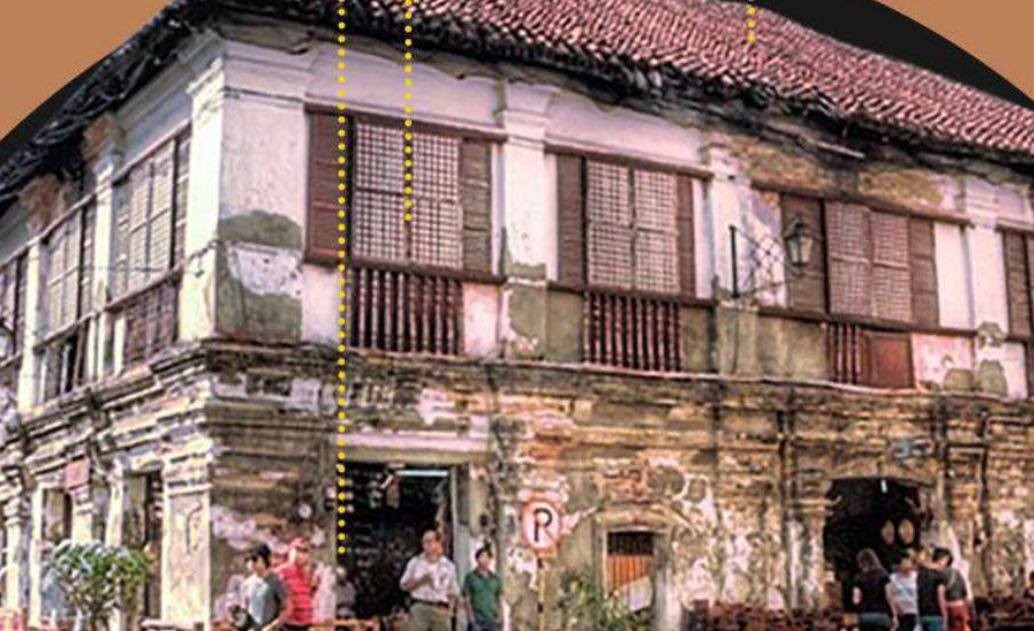-
Filipino structure adapted from the local bahay kubo.
Bahay na bato
-
An evidence that suggests that the bahay na bato is Filipino.
Skeletal stucture
-
Main entrance or the door of the entrada principal.
Puerto Postigo
-
Window sill or a small window located right under the barandilla.
Ventanilla
-
Clay tiles that were laid carefully on the roof of a bahay na bato.
Teja de Curva
-
metal window awnings or canopies decorated with cutouts.
Media Agua
-
open terrace open to the toilet, use for laundry drying space.
Azotea
-
Coral rock quarried from reels during low tide ws used as ground floor building material in places where no adobe limestone is available.
Coquina
-
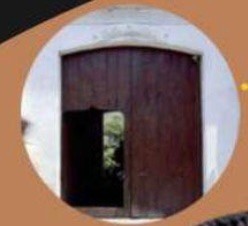
Identification:
Puerto Postigo
-
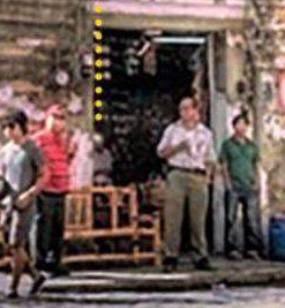
Identification:
Puerto Postigo
-
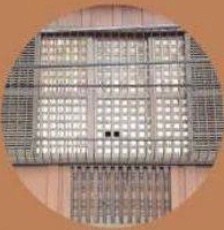
Identification:
Ventanilla
-
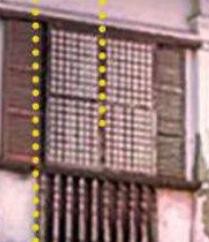
Identification:
Ventanilla
-
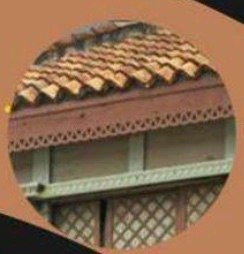
Identification:
Teja de Curva
-
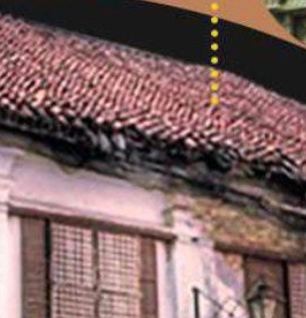
Identification:
Teja de Curva
-
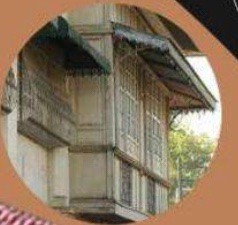
Identification:
Media Agua
-
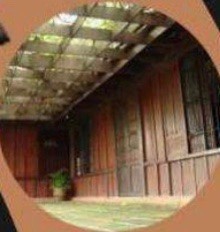
Identification:
Azotea
-
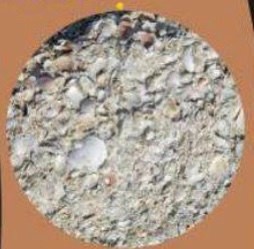
Identification:
Coquina
-
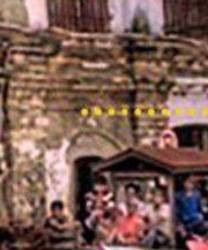
Identification:
Coquina
-
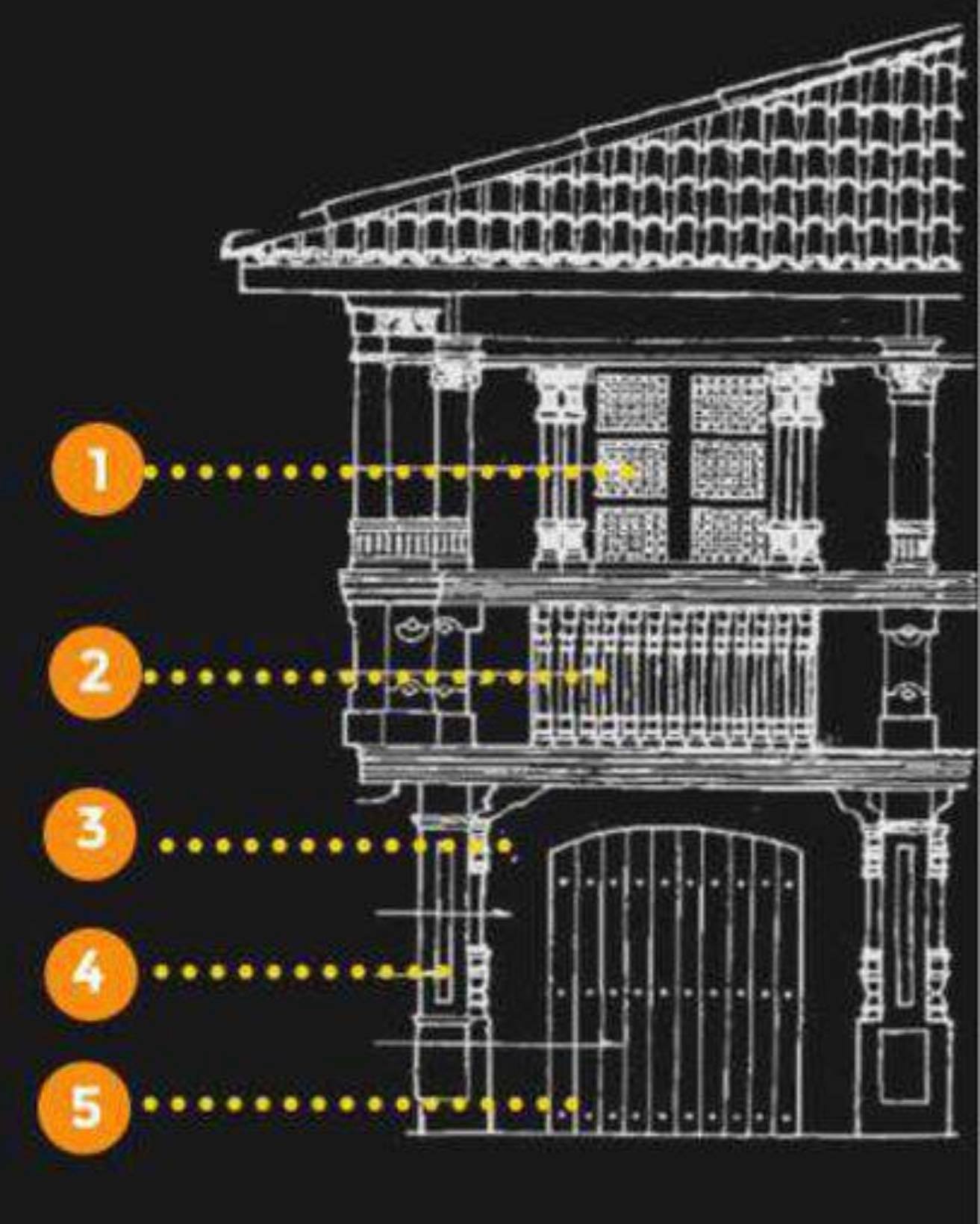
1. Sliding windows treated with-
Capiz shells
-
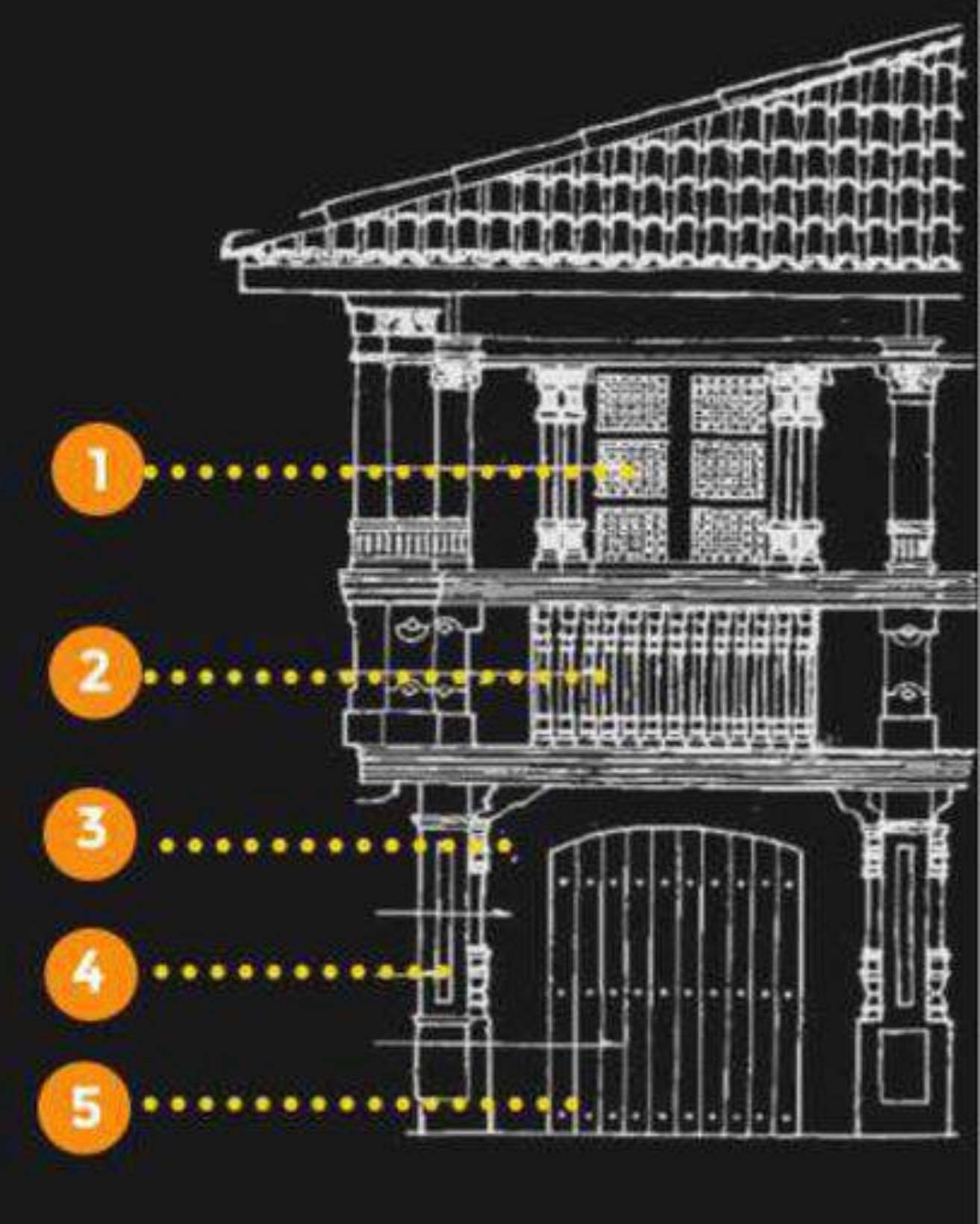
2. Veranda with sturdy balustrades treated with-
Wood or iron grilles
-

(3.)
Stone or brick walls
-
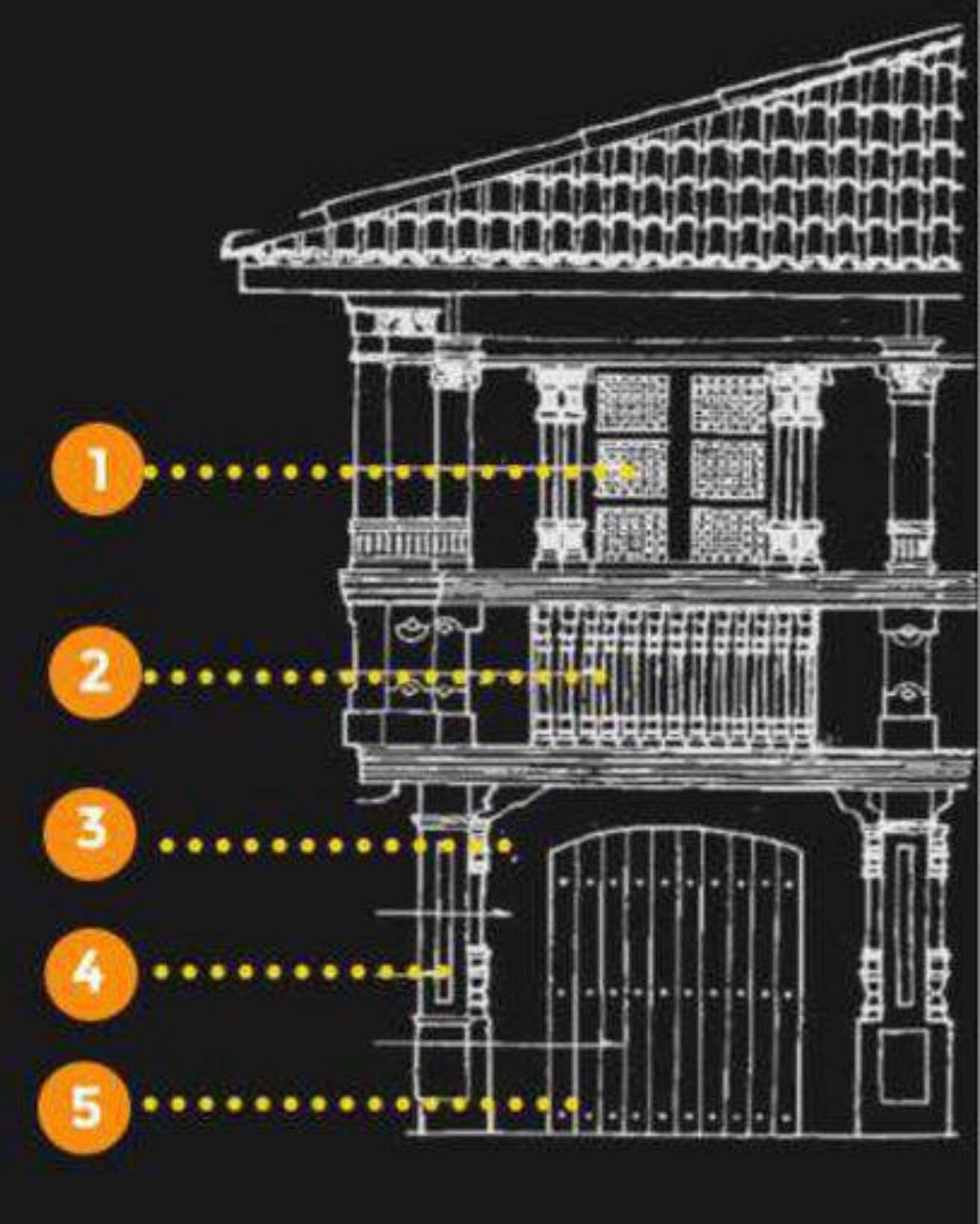
(4.)
Sturdy wooden columns
-
Blocks of white stone that paved the zaguan of houses near the port.
Piedra China
-
Originally used as counterweights of Spanish galleons.
Piedra China
-
Hollow space used for storing livestock beneath the bahay kubo.
Silong
-
Sometimes used as as storage for family jewels and jars of silver coins.
Silong
-
An enclosed courtyard open to the sky & adjacent to Zaguan
Patio
-
Area opened to carruaje (carriage) and the empty carozza.
Zaguan Cuadra
-
Float to carry saint's statue during pricessions.
Carozza
-
Expensive, patterned hand-painted tiles imported from Spain used to decorate the stair landings or descenso.
Azuelejo
-
Cistern or source of water
Aljibe
-
A mezzanine elevated 1.0 mt. above the ground usually located on the floor of the masters bedroom right underneath his bed.
Entresuelo
-
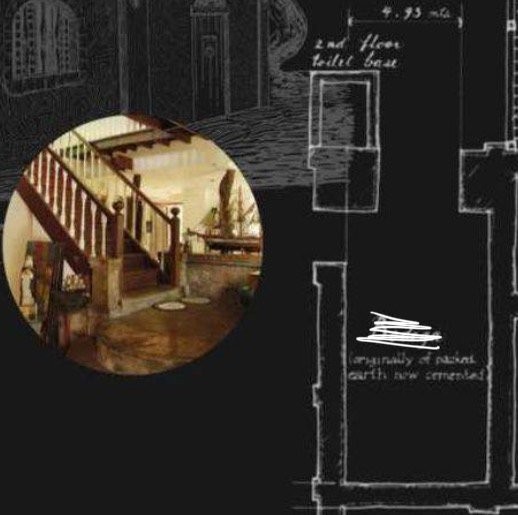
Identification:
Piedra China
-
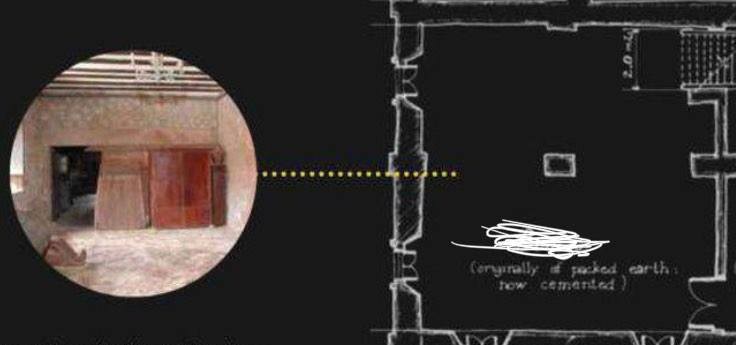
Identification:
Silong
-
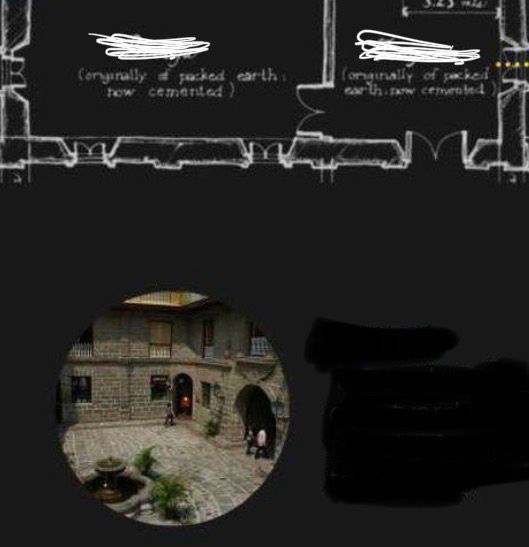
Identification:
Patio
-
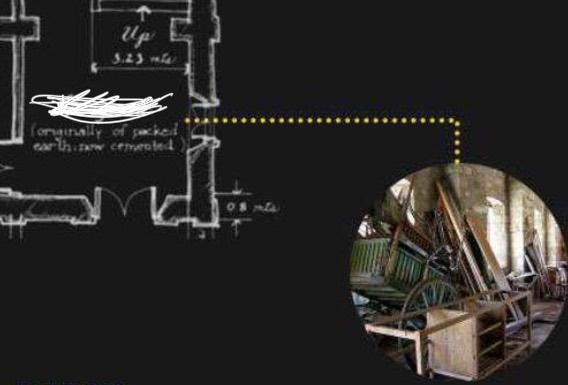
Identification:
Zaguan Cuadra
-
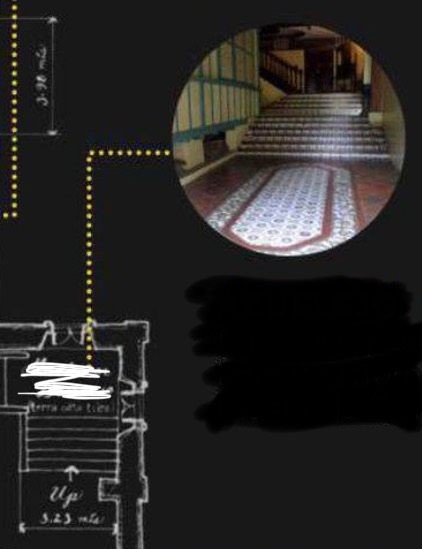
Identification:
Azuelejo
-
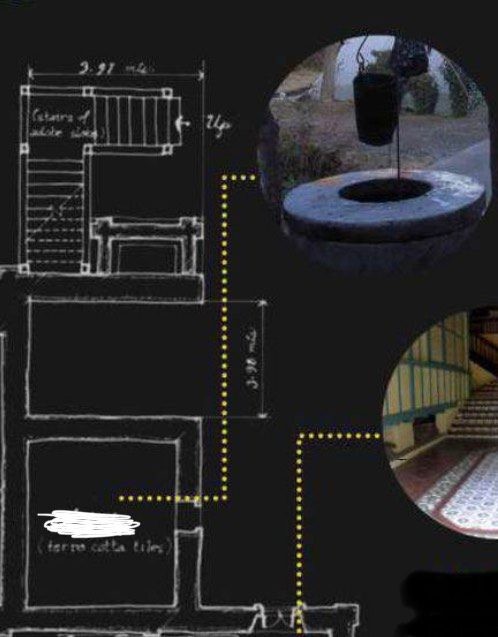
Identification:
Aljibe
-

Identification:
Entresuelo
-
pantry attached to the wall
Dispensa
-
A slatted woodn stick dishack attached to a dining room or a kitchen window.
Bangguera
-
It is used for air-drying newly washed tableware and kitchen utensils before they were kept in the platera.
Bangguera
-
Kitchen or cooking and preparation area sometimes built separately but connected to the house.
Cocina
-
Dining room or where families and friends gather to feast and drink.
Comidor
-
An antesala, an all purpose rm. for dining, sewing, & dancing.
Caida
-
It was suspended from the ceiling of a room and pulled by the means of a rope and pulley by servants or slaves.
Punkan Fan
-
Comes from the Spanish word Vilar and also refers to Cantilevered walkway that runs along the window side around the house.
Volada
-
English meaning of the Spanish word Vilar.
To fly
-
Pierced wooden panels above doors or walls of each room that allow light and air to circulate in the house.
Calado
-
Living room or where families usually gather and welcome guests of teh house.
Sala
-
Latticework panels that framed the translucent capiz shells used to completely shut windows at night or during a storm.
Concha
-
Bedroom or sleeping area
Cuarto
-
Prayer room and is ually located at entresuelo, where altar can be found.
Oratorio
-
A hat and cane rack placed at the caida or the staircase landing.
Bastonero
-
Stairs and the First 3 steps made of stone concrete then succeeding steps made of wood.
Escalera
-

Identification:
Bangguera
-
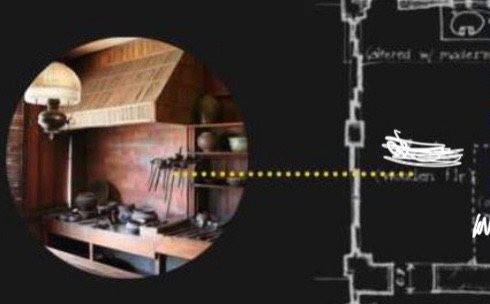
Identification:
Cocina
-
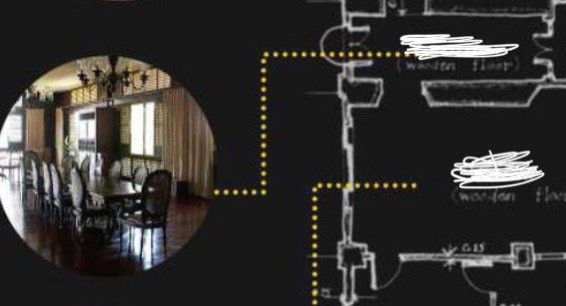
Identification:
Comidor
-
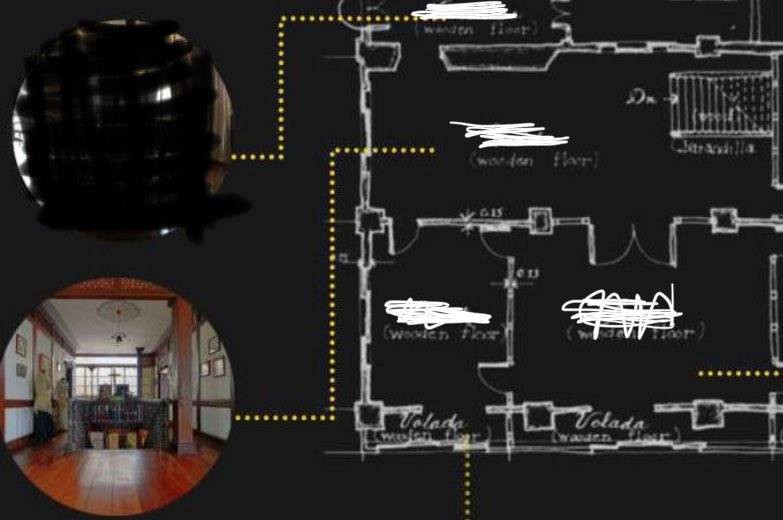
Identification:
Caida
-
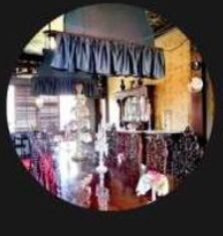
Identification:
Punkan Fan
-
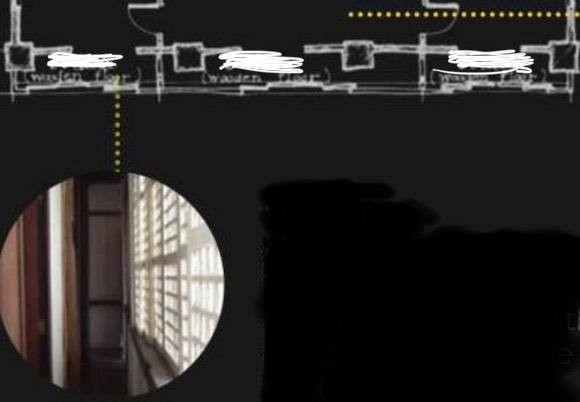
Identification:
Volada
-
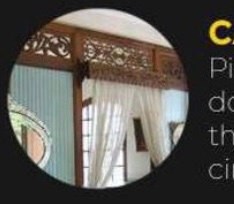
Identification:
Calado
-
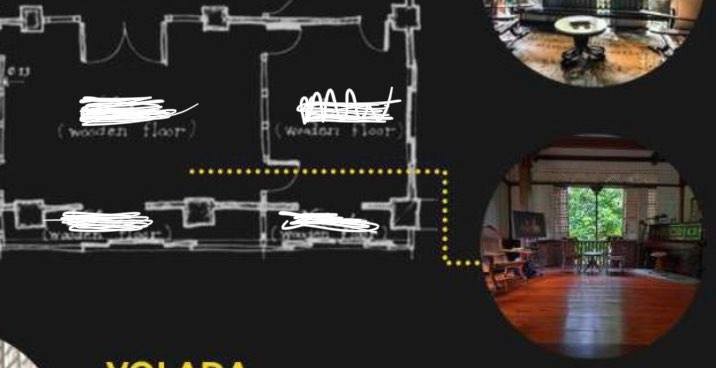
Identification:
Sala
-
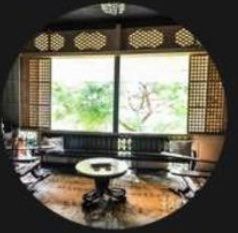
Identification:
Concha
-
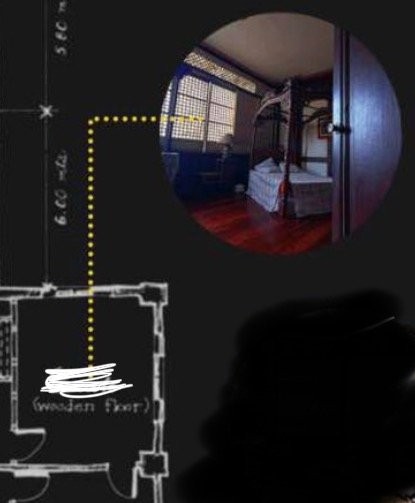
Identification:
Cuarto
-
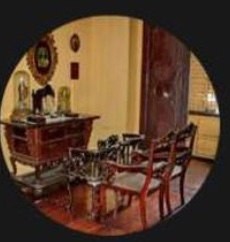
Identification:
Oratorio
-

Identification:
Bastonero
-
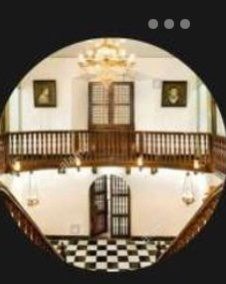
Identification:
Escalera
